By Mary Michaelides
When my garden began transitioning into a succulent haven, I decided to remove the automatic watering system. I wanted the flexibility to water the succulents less frequently than other plants. Initially, this felt inconvenient – but it turned out to be a blessing in disguise.
Manual watering soon became an opportunity to truly connect with each plant. I found myself noticing the health of every leaf and stem, taking action when something seemed amiss.
Then, something even more remarkable happened: I began to witness the wildlife my garden nurtured – dragonflies, spiders, moths, butterflies and so much more. I realised that only when we take a genuine friendly interest in the wildlife in our garden can we effectively attract and support it.
And the more genuine the interest is, the less pests we think we have.
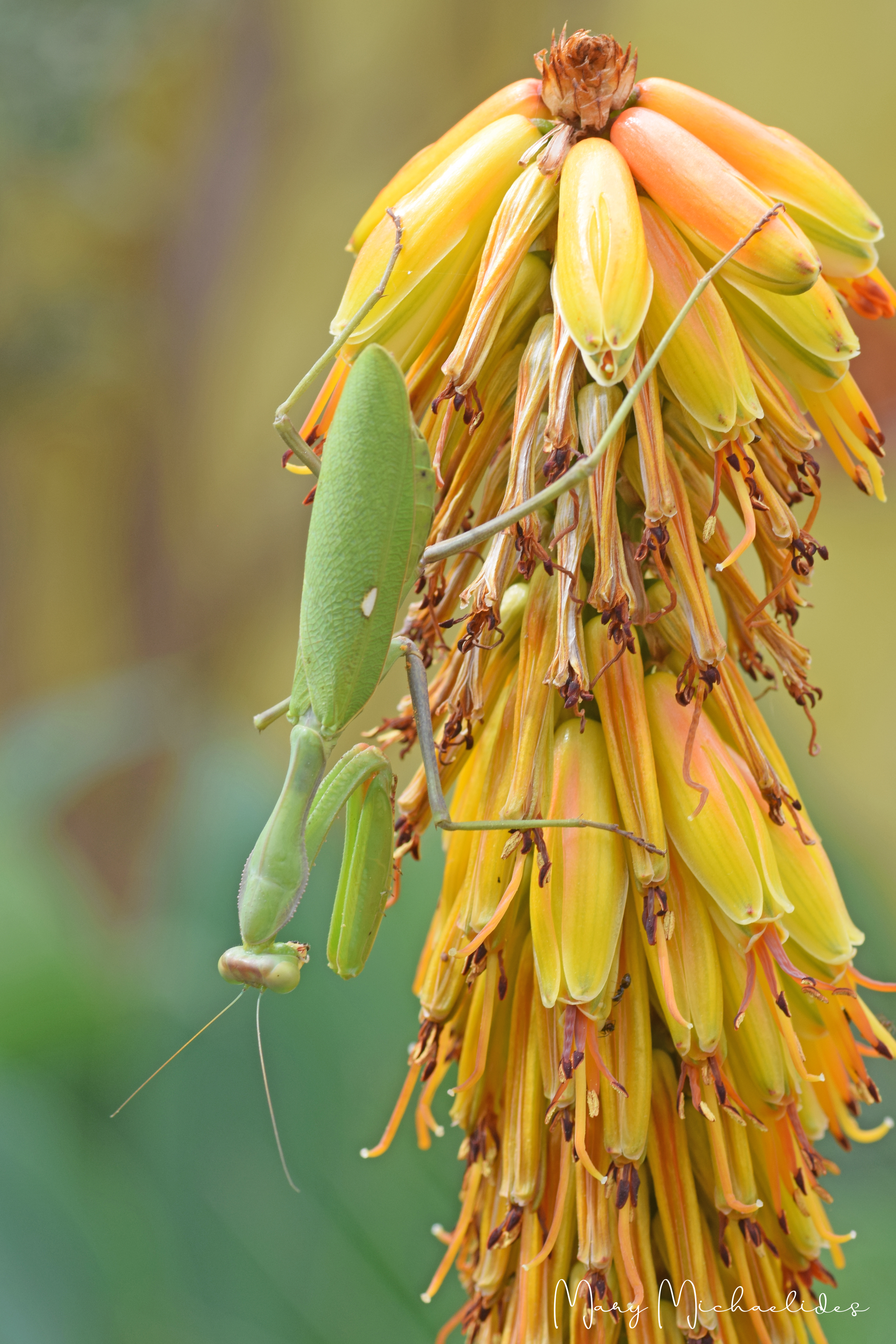
One year, I noticed dozens of cicada exoskeletons clinging to my Sedums. Intrigued, I turned to Google and discovered that cicada nymphs can live underground for 2 to 17 years, feeding on tree root sap before emerging en masse, shedding their skins, and taking flight to buzz away the Cyprus summer. They mate, lay eggs, and the cycle begins again. I wondered – how many people know this?
The following year, four wasps began spending their nights nestled on a single Haworthia inflorescence. Each evening they returned, and each morning they departed. I caught myself waiting for them, hoping they had all made it home safely. A bit of research revealed they were mud dauber wasps, who construct nests from mud and stock them with paralysed spiders for their young – an incredible act of preparation.
That same year, a female Argiope spider spun an enormous web in my garden. After mating multiple times, she produced hundreds of spiderlings, which soon spread out across the plants. Coincidence? I think not.
l love lizards, especially the Kotschy’s gecko. They must have evolved into the fastest on earth with so many cats roaming the neighbourhoods in Cyprus. If one perishes in the garden, the ants arrive quickly, recycling the body back into the ecosystem.
Early mornings are magical. As I walk through the garden, butterflies emerge from their hiding spots. And with every watering session, new creatures appear: praying mantises, antlions, moths, spiders.
Since embracing wildlife gardening, I’ve learned to leave parts of the garden a little untidy. Spent flowers, though no longer visually striking, still offer food and shelter. Dragonflies, for instance, love to perch on dried Aloe stalks. I used to focus solely on the “three Bs”: birds, butterflies, and bees.
But I’ve come to understand that without a thriving ecosystem, even these favorites wouldn’t survive. One cannot divide wildlife into stuff we like and stuff we don’t. All species are connected.
We have the soil, the plants, the herbivores, the decomposers, and the predators – all playing essential roles. Most herbivores do little harm and are critical to those that feed on them. Be patient, don’t spray – the predators will come.
Every day, in every garden, thousands of creatures are born and die. Trying to interfere with this cycle often leads to sterile, lifeless spaces.
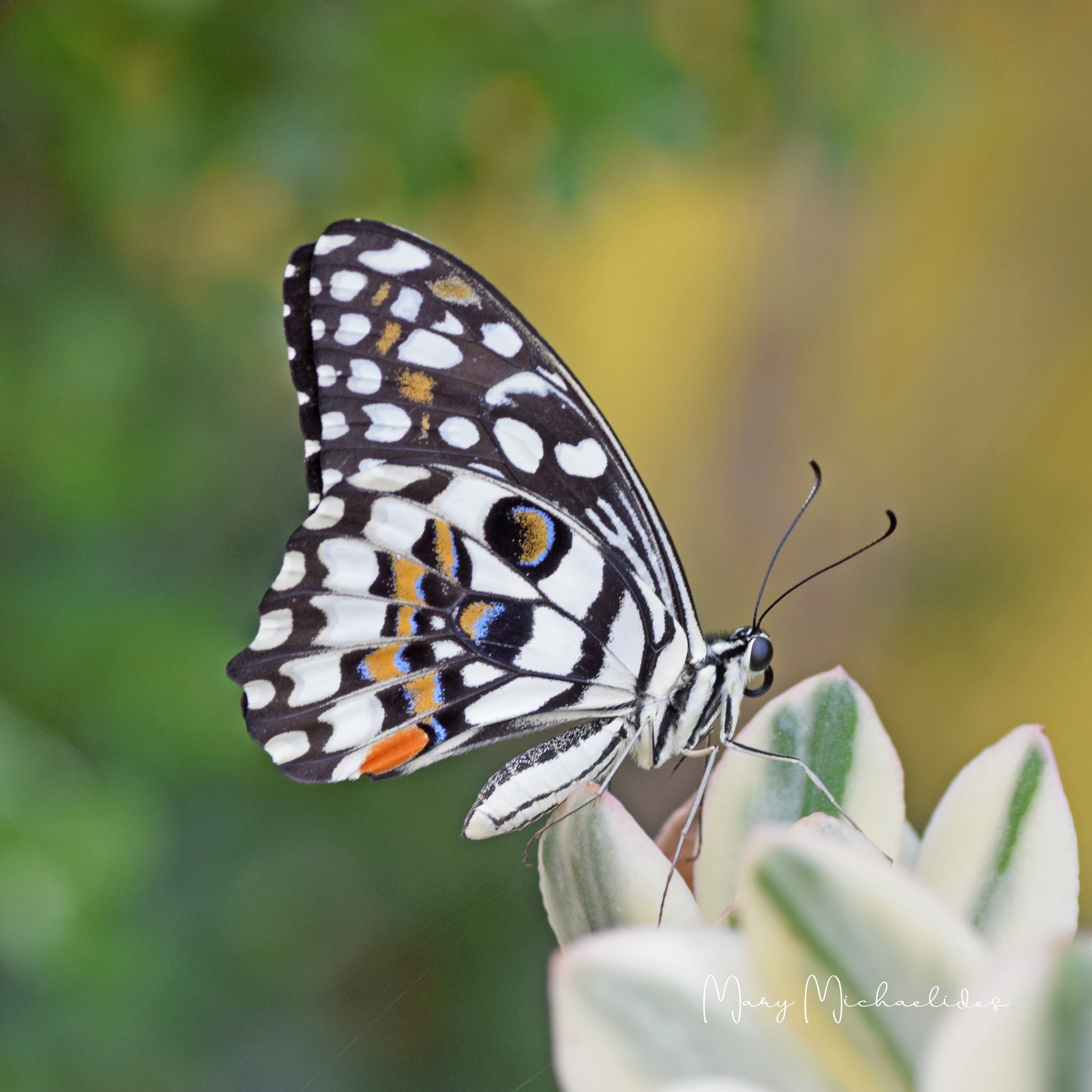
Today, my 50 m² garden is about 80 per cent succulents, with the remaining 20 per cent made up of drought-resistant plants. I water just once every 15 days, and anything that can’t handle that has long since been replaced.
My garden isn’t remote – it’s surrounded by five others, which in turn are part of a web of city gardens. Together, we form the city’s largest and most vital green space – a network teeming with life.
Surprisingly, studies suggest that well-managed gardens can hold more biodiversity than wild spaces. The total garden area in Cyprus – and worldwide – is of incalculable value to native wildlife. Thousands of insects pass through our gardens each year. Just 10 grammes of garden soil can contain 100 billion bacteria, the foundation of the food chain that supports earthworms, woodlice and other soil champions.
It seems that we don’t have to garden specifically for wildlife – just avoid broad-spectrum pesticides, and our garden will contribute. It’s the network of gardens that matters most, not any one garden alone. Bees and butterflies hop from flower to flower, garden to garden, pollinating and buzzing as they go.
We have over 50 species of butterflies in Cyprus, we have recently seen 33 species of dragonflies, about 900 species of moths, over 350 species of wild bees, and about 460 species of spider, many of them endemic. A large number visit or live in our gardens. I often wonder where a butterfly has been before fluttering through mine. Which flower will she visit next? How many others did she delight on her journey?
Our garden is not just ours. It’s part of something bigger.
Mary Michaelides, after a career in IT, co-founded the Cyprus Cactus and Succulent Society and served as its president for ten years. During that time, she developed a deep interest in the environment, drought-resistant gardening, and native biodiversity. She later joined the Cyprus Dragonfly Study Group as a citizen scientist and went on to author the Dragonflies of Cyprus: Identification Guide.

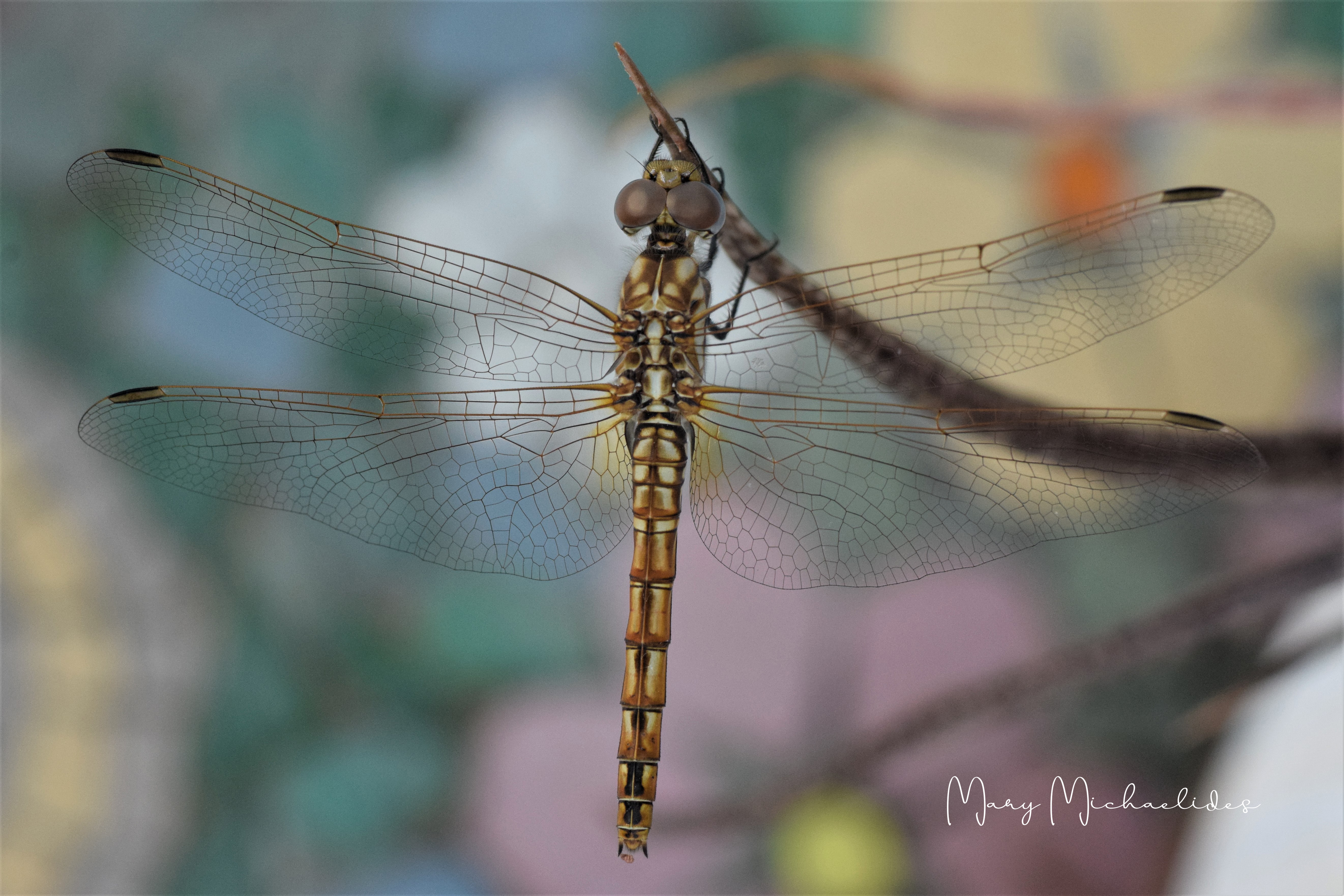

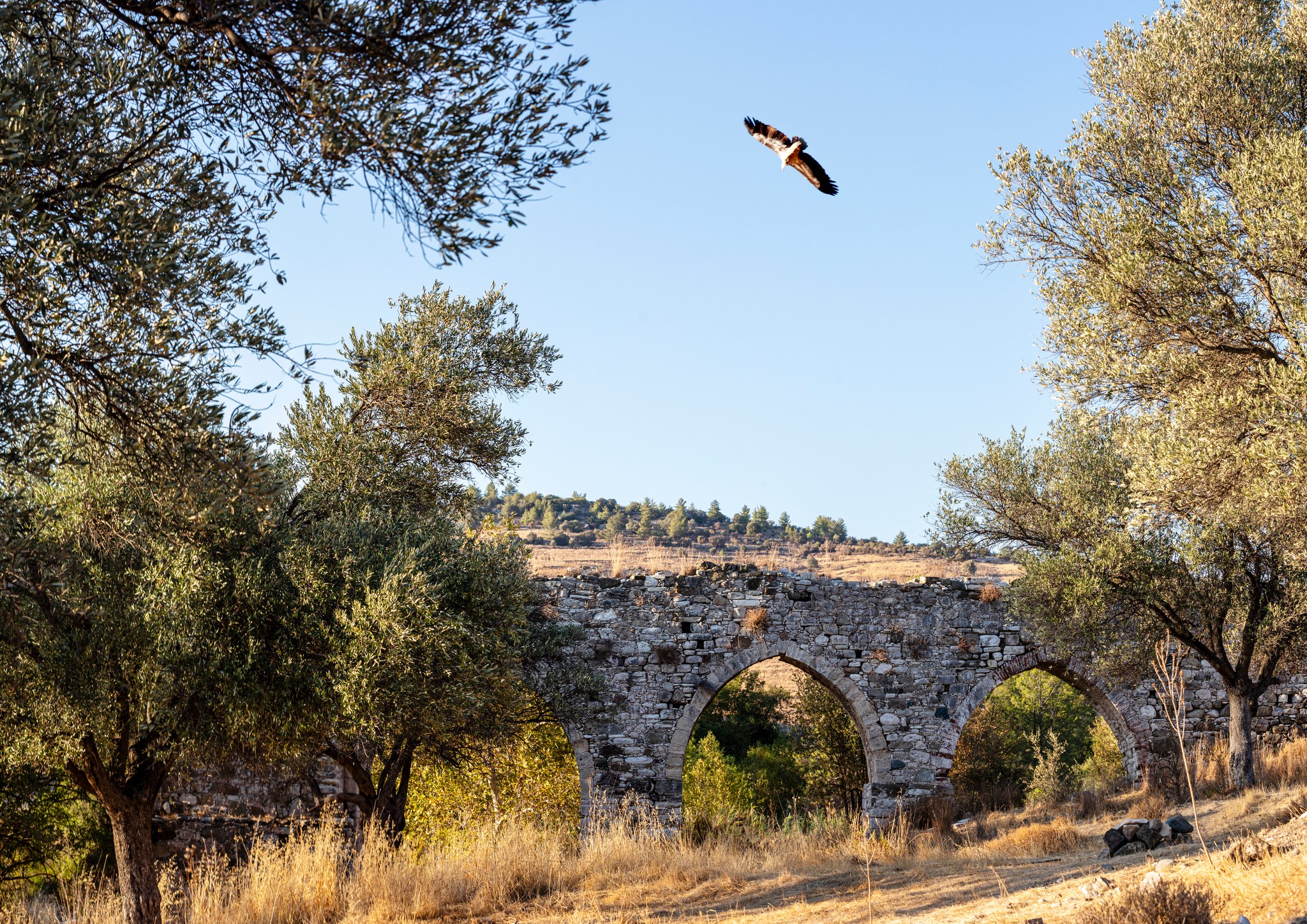
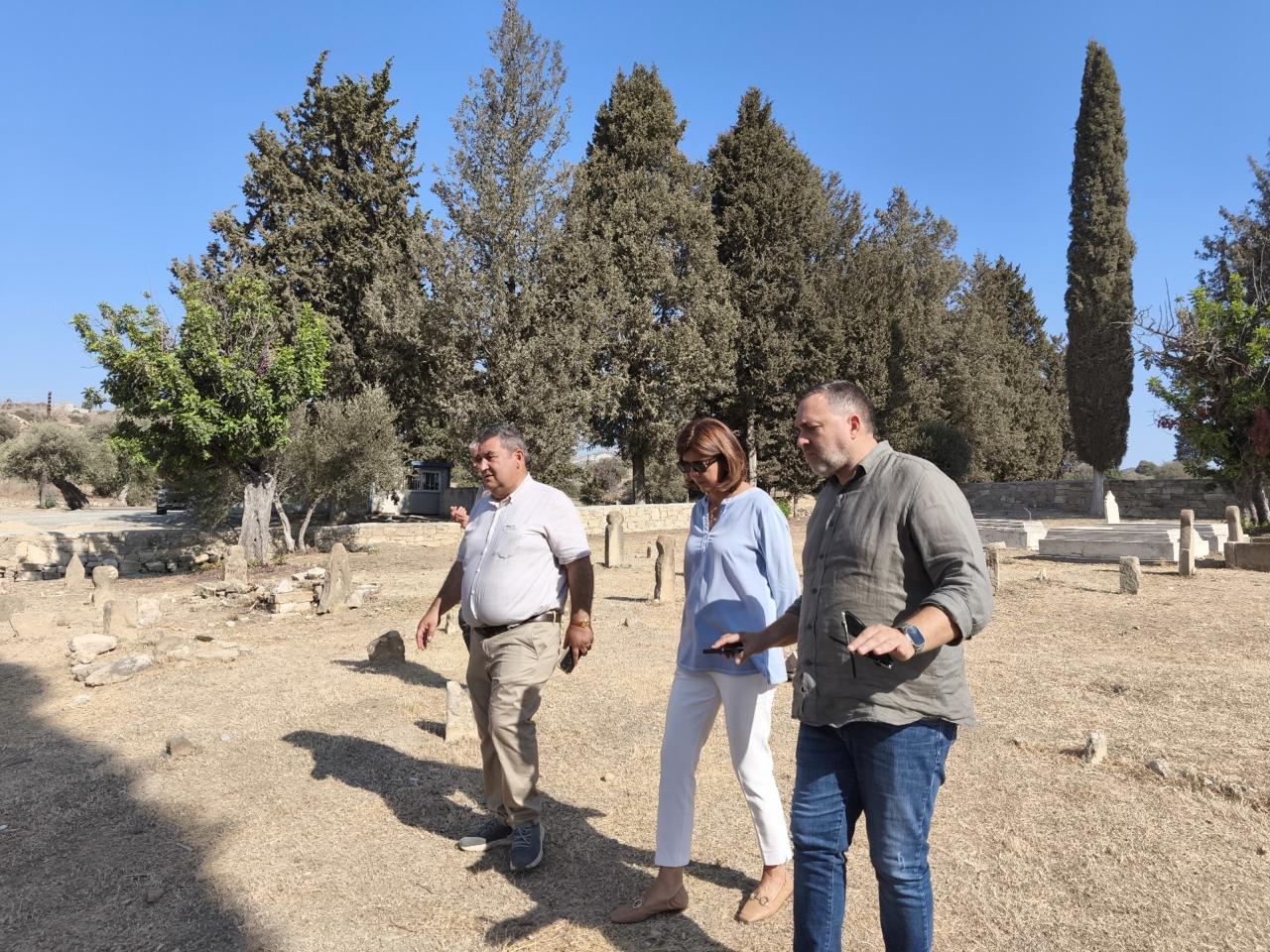
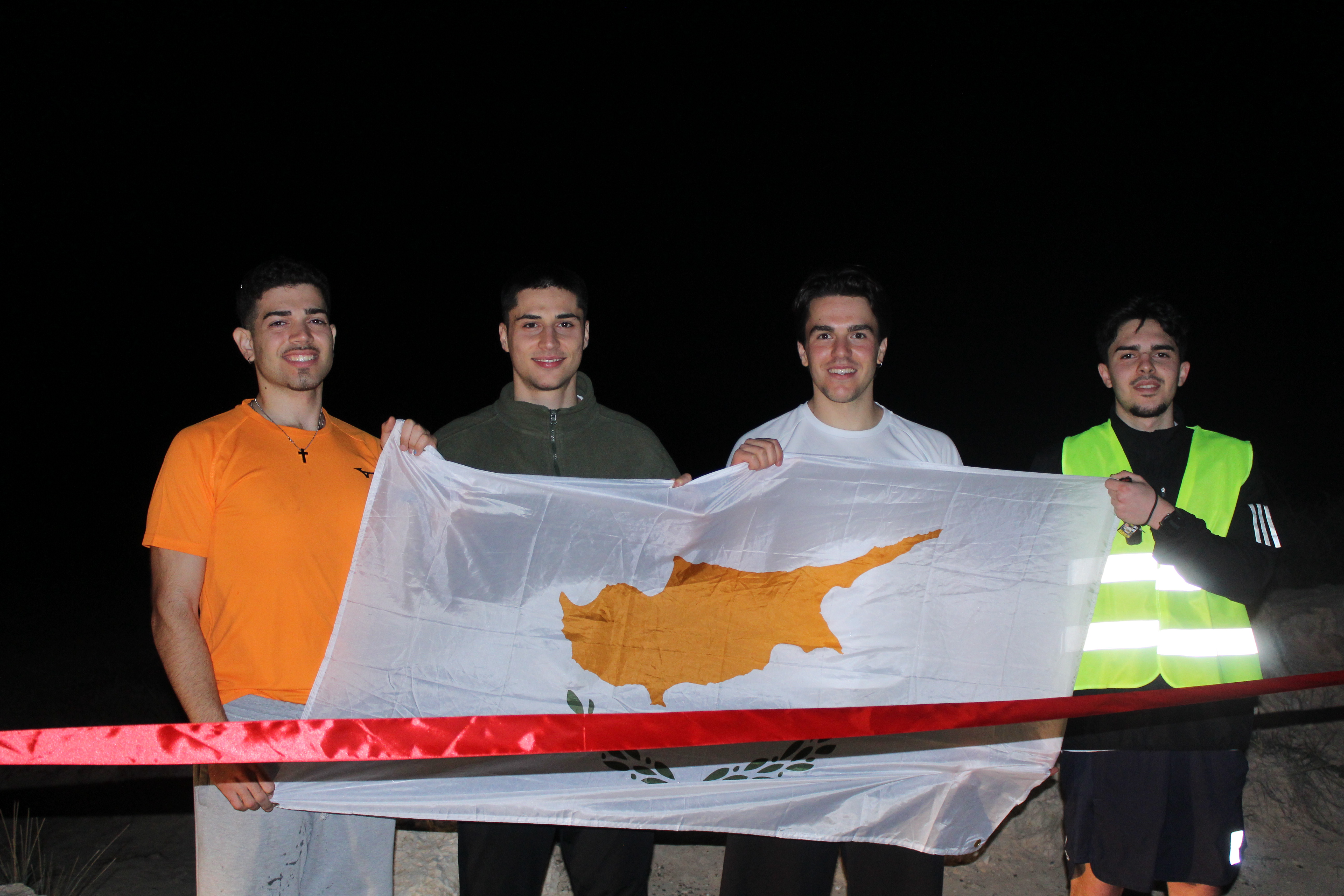
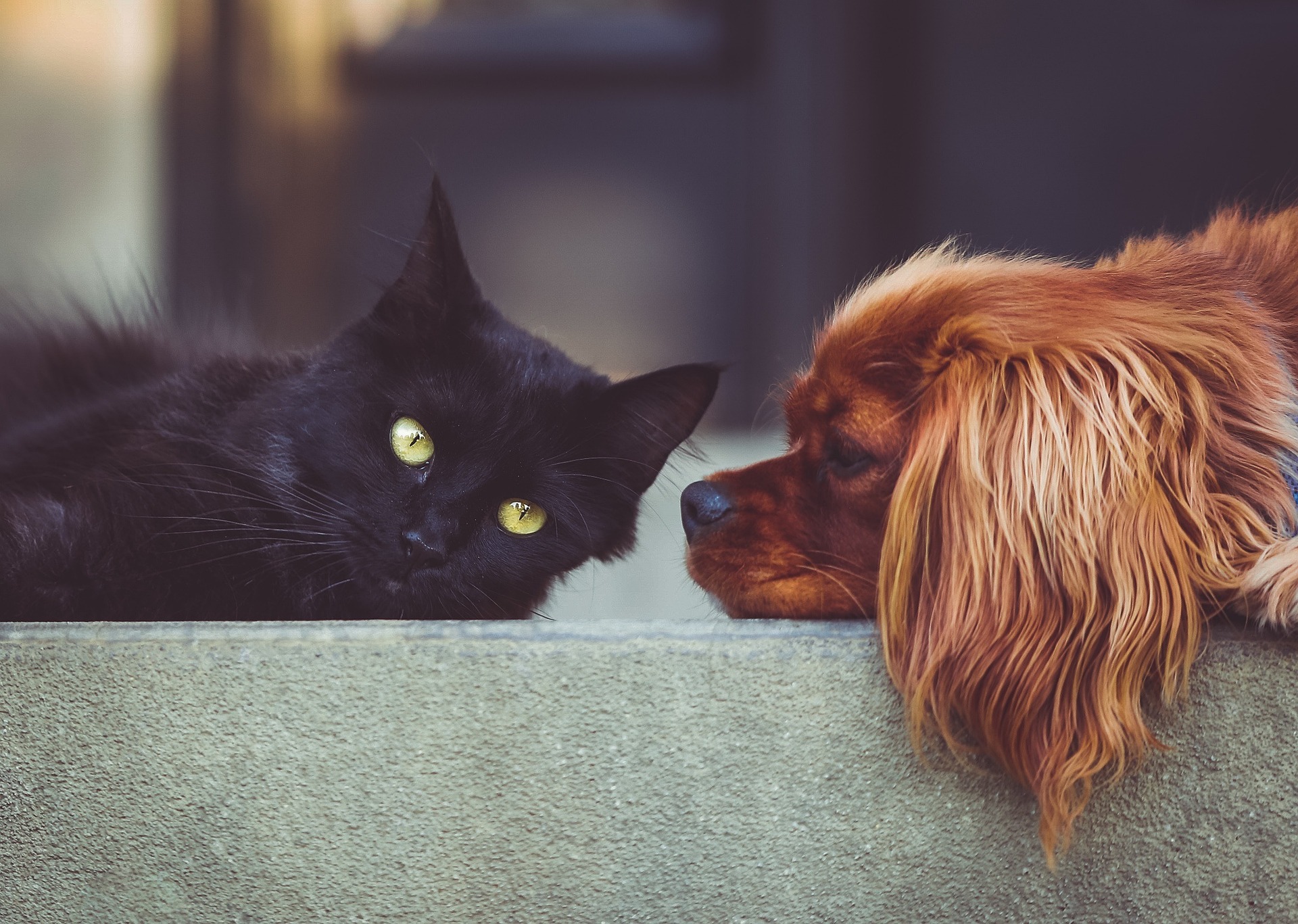
Click here to change your cookie preferences